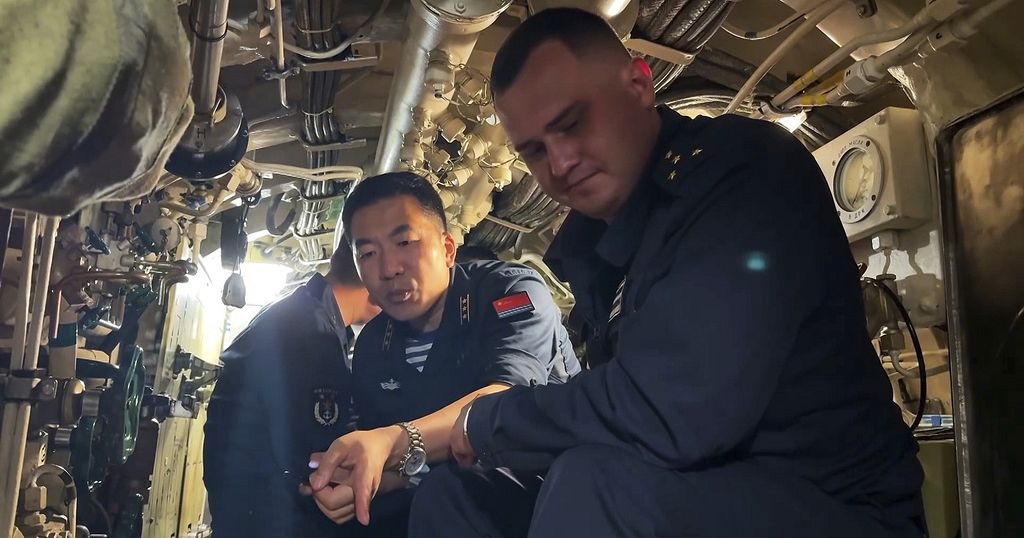China and Russia launched a high-profile joint naval exercise in the Sea of Japan this week, underscoring their expanding military alignment amid heightened tensions with Western nations. The drills, named Joint Sea-2024 and held near Vladivostok, commenced on Sunday following an announcement by former U.S. President Donald Trump that two American nuclear submarines would deploy to counter perceived aggression from Moscow. The maneuvers spotlight deepening Sino-Russian strategic coordination as both countries navigate geopolitical friction with the U.S. and its allies.
The three-day operation involves advanced submarine rescue simulations, live-fire exercises, and scenarios testing joint anti-submarine warfare, air defense systems, and missile interception capabilities. Footage released by the Russian Defense Ministry showed divers and specialized ships retrieving a mock-disabled submarine from the ocean floor, while state media broadcasted coordinated maneuvers to repel aerial attacks. China’s Defense Ministry emphasized the drills aim to refine interoperability and tactical planning, with artillery tests assessing pre-trained strategies.
Notable vessels in the Chinese fleet include the Shaoxing and Urumqi destroyers, a diesel-electric submarine, and the support ship Qiandaohu. Russia deployed the anti-submarine warship Admiral Tributs, the corvette Gromky, and rescue vessel Igor Belousov. Analysts note the exercises—part of annual Joint Sea initiatives since 2012—reflect a growing reciprocity between Beijing and Moscow. China has bolstered Russia’s economy amid Western sanctions imposed over the Ukraine conflict, while both nations increasingly frame their alliance as a counterweight to U.S. and NATO influence.
The timing of the drills, occurring days after Trump’s response to remarks by former Russian President Dmitry Medvedev, reinforces perceptions of a confrontational global climate. Observers suggest the theatrics of live-fire engagements and rescue operations serve as symbolic displays of military readiness, signaling defiance toward Western-led security frameworks. As strategic competition intensifies, these exercises highlight the shifting dynamics of power, with China and Russia positioning themselves as partners in reshaping an international order long dominated by American alliances.
